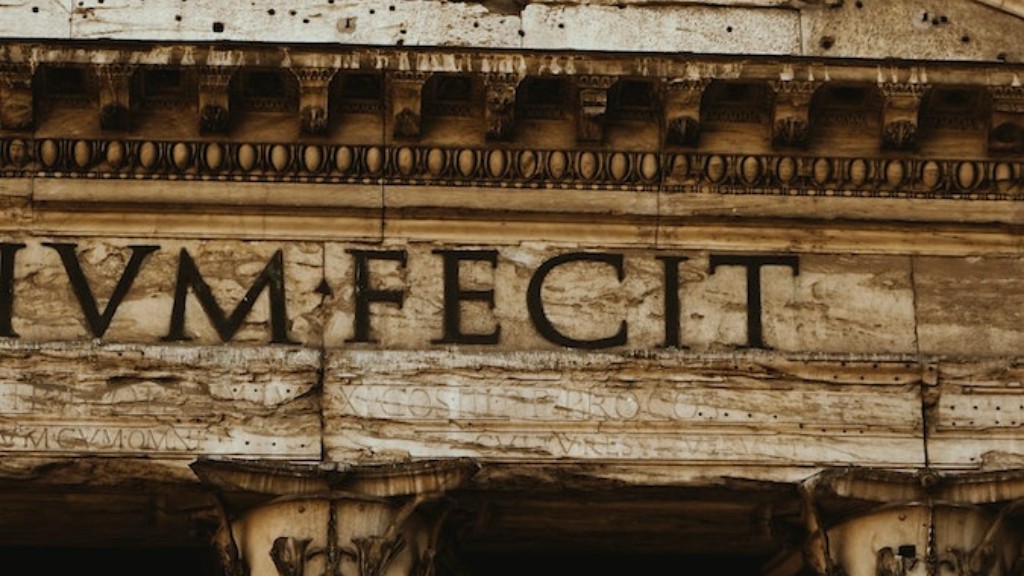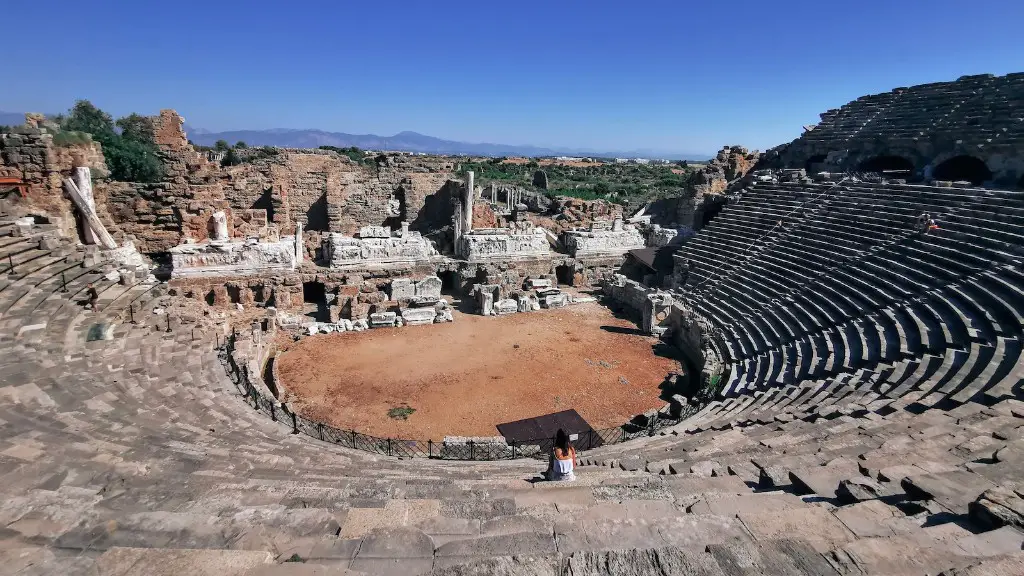Spanning the Roman Empire: The Everyday Technologies of Ancient Rome.
It is said that the Romans were, in some aspects, far more advanced technologically than many people realize. This, however, is not surprising considering that the Roman Empire, from its inception in 500 BC, grew to span much of Europe, eventually touching parts of North Africa and what is now the Middle East.
In this way, the Romans had the advantage of borrowing ideas from different civilisations and cultures that they encountered and combined them to create a truly influential and innovative society. As their empire rapidly expanded and developed, their technology did too, and some of its accomplishments are still in use today.
Throughout the Roman Empire, technology took many forms. The engineering prowess of the Romans was unmatched and responsible for its iconic aqueducts, roads and bridges. Aqueducts, in particular, were made of stone arches, allowing water to flow around the country despite the terrain, while their roads and bridges maintained a strong connection between cities.
In addition to the foundation of the empire itself, Roman technology had a large impact on how people lived. For example, the Romans were the first to develop a central heating system called a hypocaust, which is still in use today. Hypocausts were especially beneficial in colder climates and could be used to heat homes. This was achieved by using a furnace that caused air to circulate through channels beneath the floor, which was then heated and conducted through the walls of the house.
Similarly, the Romans were able to produce concrete which was useful for both construction projects and artistic works. This technology was even more advanced than what is used today as it had opposing properties – pozzolana, which was a volcanic ash, and limestone were combined to create a material that was easily manipulated while being much stronger than the stones it was composed of.
From pottery to textiles and precious metalwork, the Romans were able to craft and create items that were of a remarkable standard. Even beyond the everyday items and the infrastructure of the empire, the Romans could find ways to revolutionise the world. One example is the advent of spa culture. The Romans developed public baths, which allowed people to wash and cleanse in a communal space. This created a sense of sophistication and sophistication that is still practiced today – from Turkish baths to mud baths, modern day spa treatments can be traced back to the Romans.
The Romans were also highly innovative when it came to medicine. In its time, it was technologically superior and the early founders of gynaecology, surgery and orthopaedics were Roman. They were able to create ointments, potions, and even develop tools to be used in surgery to reduce pain and risk of infection. This is arguably one of the most impressive aspects of Roman technology in that they were able to provide an understanding of the world and its intricate anatomy.
Transportation and Commerce
When it came to transportation, the Romans had a wide range of technologies that enabled them to move around their vast empire with ease. Their use of chariots and carts for both civilian and military use created a faster, safer and more efficient way of travelling from place to place. In addition to this, the Romans were the first to develop methods of shipbuilding that allowed them to sail seas and trade with exotic lands.
Roman trading brought goods, not only from nearby lands, but from further away ones too. These technologies connected the Roman Empire to a range of other civilisations and allowed for complex commerce and trade. In a way, Roman technology linked Europe and Africa, connecting the two in ways that hadn’t been experienced before.
The trading of goods was essential for the Roman Empire’s economy and the ability to do so with ease led to wealth and prosperity. This type of efficiency was achieved by developing measurement weights, like the imperial pound and the monetary system, allowing coin to be used in transactions.
Social Impact
The advances in technology were not only used within the Roman Empire but had a large impact on the western world. The Roman army was especially revolutionary in its use of battering rams, war wagons, siege towers and catapults to break down enemy walls. Many of these forms of assault, although seen as a form of destruction, can still be found in modern warfare.
Often this means that Roman technology contributed to a more dangerous and barbaric way of life. This does not discount the fact that Roman technology revolutionized the world by providing an innovative ways for people to live. For aspects such as hygiene, entertainment, communication and finance, the innovations of Ancient Rome have had a lasting effect on the world.
Agriculture and Education
In terms of how people lived, the advances of Roman technology meant that the population of the empire could be sustained and even increase. Innovations in agriculture, such as larger fields, rotations of crops and innovation in farming tools meant that Romans had access to higher quality food while maintaining an efficient use of resources.
Education was also key in the Roman world, becoming a highly important part of everyday life. People, especially those in the upper classes, had access to large libraries, oratories and gardens. This meant that the establishment of schools, universities and colleges became the norm and Roman culture of learning and knowledge was renowned.
Technology for the Future
Despite the fact the Roman Empire eventually fell and societies went backwards in technological terms, many of the innovations and advances that the Romans made have had a lasting influence on modern society and western civilization. From aqueducts to education and from transportation to finance, Ancient Rome’s legacy of technology has been sustaining for thousands of years and will undoubtedly live on for thousands more.
Economic and Military Technologies
Roman technology was also integral to the growth of their economy and military. Roman technology was responsible for developing their banking system, coin production, taxation and merchant systems. In the military, they developed armaments such as siege machines, battering rams and cannons.
Their use of siege machines, for example, was so effective that Roman armies were able to breach castle walls and bring entire cities to their knees. This energy, combined with their strong transportation capabilities, helped them move vast armies and goods throughout their lands with ease.
As for their banking system, the Roman Empire developed a system of coinage that was an integral aspect of their economy and taxation. Roman coins were quickly accepted throughout the empire and beyond, replacing barter and other forms of payments, making it easier to trade goods and services on a larger scale.
Tools and Machinery
The Romans were also known for their manufacturing abilities, particularly when it came to weapons, tools and machines. This included the use of both stationary and moving parts, such as the waterwheel and the treadle. Moving parts allowed them to create complex machines that could automate certain processes, furthering their ability to produce goods and services.
The Roman Empire was also known for its stunning metallurgy techniques which allowed them to produce iron and steel weapons and tools of a remarkable standard. Roman ballistae and catapults, for example, could hurl stones hundreds of metres with an accuracy of incredible accuracy. This was equally true for their swords and armour, which were both incredibly strong and light.
Similarly, the Romans developed what is known as the T-square which was used in engineering and architecture. Still in use today, the T-square provided an accurate method in which to draw straight lined. The Romans also developed ways to make bricks by simply mixing sand, clay and lime to create a fireproof and strong construction material.
Legacy
In conclusion, the technology of Ancient Rome had a great impact on our modern world. This is still true today, as the innovations and advances in infrastructure, medicine, economy and transportation have been inspiring us for centuries. The Romans were able to develop sophisticated tools and machinery that allowed their society to thrive and expand, providing them with many of the modern advancements that we take for granted today.





